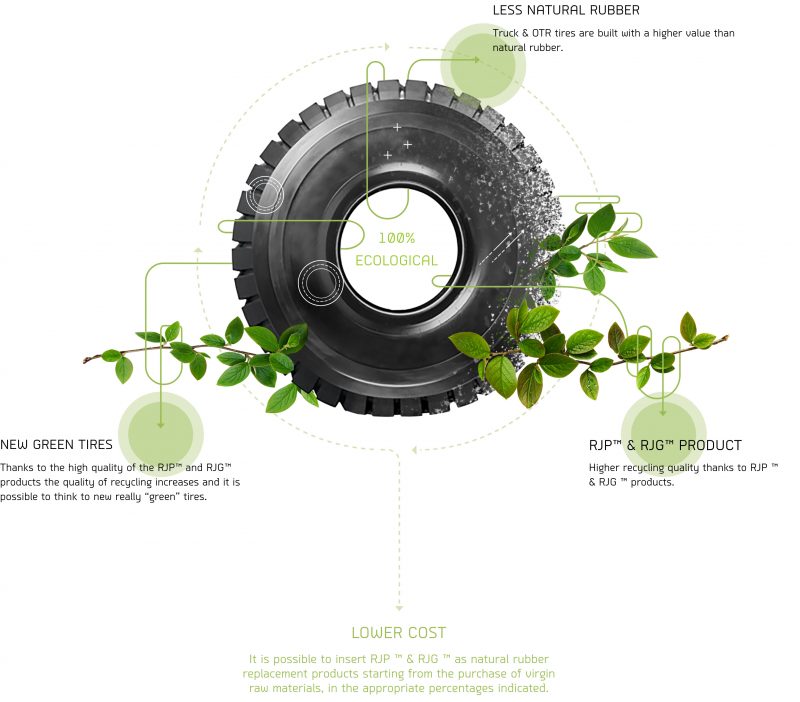SUSTAINABILITY

The H.P.W.J. process uses exclusively high-pressure water in a closed circuit system in which the water is continuously filtered and fully recycled. In addition, no chemicals are used.
The Production Cycle of H.P.W.J. occurs with completely cold water.
Through this project we aim to promote the sustainability of the products used and the ecological mission of the European Community committed in the next 10 years to increase the use of recycled products
In particular, InREGEO project contributes to the green and circular economy with a focus on the critical raw materials (Natural rubber has been included in the critical materials list since 2017) which have a high economic importance for the EU.
The European Union has emphasized the need “to ensure the secure, sustainable and affordable supply of NR for the manufacturing industry”. In fact, there is no EU domestic production of NR and the “study <…> of Critical Raw materials”, issued by European Commission, reports that the End of life recycling input rate of Natural Rubber is only 1%.
Driven by the stringent global economic and environmental sustainability needs, the circular economy model is going through a transition stage: moving from the “recycling of waste” and “recycling to products “concept to the “upcycling to product” paradigm, embracing the concept of recycling and reusing of discarded products and scrap materials to create a product with the same value of the original one, ready to be reintroduced into the manufacturing process (remanufacturing concept).
The InReGEO project implementation contributes to the Thematic priorities for Waste management by limiting landfilling of giant OTR tyres that at the present time are non-recyclable with state-of-the art technology. With our technology, these end-of-life tyres will be treated to recover devulcanized rubber as substitute of natural rubber (critical raw materials) for the production of new tyres.
Those are the Green Deals Goals:
Increasing the EU’s climate mitigation and / or adaptation ambition
Transitioning of industry to a clean and/or circular economy
Preserving and restoring ecosystems and biodiversity (“Trees”)
- Realising a zero-pollution ambition and a toxic free environment (“Water”)